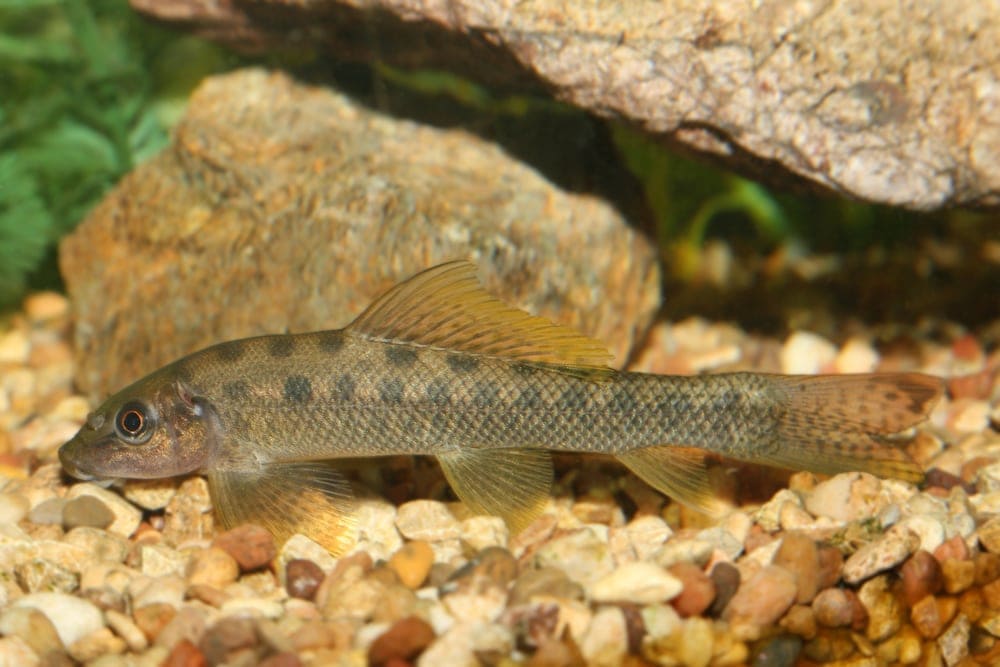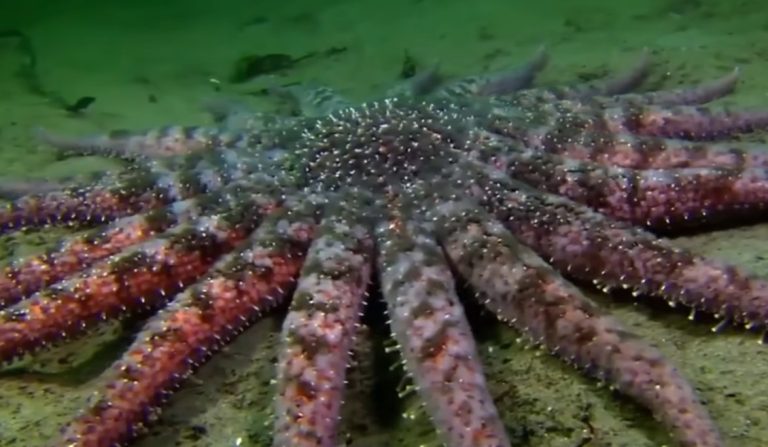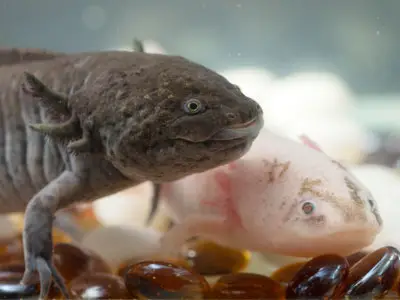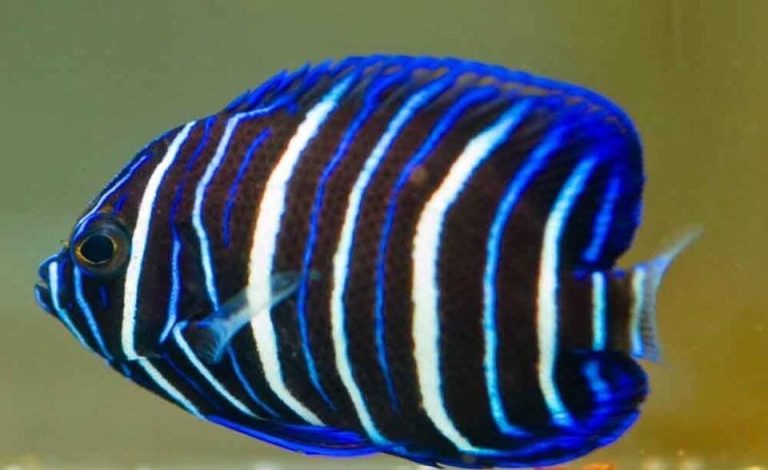Freshwater Algae Eaters
Freshwater Algae Eaters: Keeping Your Aquarium Clean and Vibrant
Freshwater aquariums provide a beautiful and serene environment for both fish and their owners. However, one common problem that aquarium enthusiasts often encounter is the growth of unsightly algae. Fortunately, there are a variety of freshwater algae eaters that can help keep your aquarium clean and vibrant. In this article, we will explore the different types of algae eaters, their characteristics, and the benefits they bring to your aquarium.
What are freshwater algae eaters?
Freshwater algae eaters are a group of aquatic creatures that naturally feed on algae. They play a crucial role in maintaining a balanced ecosystem within your aquarium by eliminating excessive algae growth. These algae eaters come in various shapes and sizes, each with its own unique feeding behavior.
Popular types of freshwater algae eaters
1. Siamese Algae Eater
The Siamese Algae Eater (Crossocheilus oblongus) is a small, peaceful fish native to Southeast Asia. It has a sleek body and a sucker-like mouth that it uses to scrape algae off surfaces. Siamese Algae Eaters are incredibly efficient at eating different types of algae, including green spot algae and black beard algae.

2. Plecostomus
The Plecostomus, commonly known as Plecos or Plecs, is a catfish species that belongs to the family Loricariidae. They have a distinctive armored appearance with numerous bony plates covering their bodies. Plecos are excellent algae eaters and can consume large quantities of algae, including green algae and brown algae.
3. Otocinclus Catfish
Otocinclus Catfish, also known as Dwarf Suckermouth Catfish or Oto Cats, are tiny algae eaters that are well-suited for small aquariums. They have a unique appearance, with their body covered in bony plates and a sucker-like mouth similar to the Siamese Algae Eater. Otocinclus Catfish primarily feed on soft algae such as diatoms, green algae, and hair algae.
4. Cherry Shrimp
Cherry Shrimp (Neocaridina davidi) are not only delightful to look at but also effective algae eaters. They are small in size and can thrive in a wide range of aquarium conditions. Cherry Shrimp graze on various types of algae, helping to control the population and prevent excessive growth.
The benefits of having algae eaters in your aquarium
1. Algae control
The primary benefit of having algae eaters in your aquarium is the control and prevention of excessive algae growth. Algae can quickly take over your aquarium, causing water quality issues and an unsightly appearance. By introducing algae eaters, you can maintain the balance of your aquarium and keep algae growth in check.
2. Improved water quality
Algae eaters play a crucial role in improving the overall water quality of your aquarium. Excessive algae growth can deplete oxygen levels, disrupt the biological balance, and produce harmful toxins. By consuming algae, these creatures help maintain a clean and healthy aquatic environment for your fish.
3. Natural and non-invasive solution
Utilizing algae eaters is a natural and non-invasive solution to combat algae growth in your aquarium. Instead of relying on chemical additives or manual scraping, algae eaters work with the ecosystem to eliminate algae. This approach promotes a more harmonious and sustainable aquatic environment.
Frequently Asked Questions
Can I have multiple species of algae eaters in the same aquarium?
Yes, it is possible to have multiple species of algae eaters in the same aquarium. However, it is essential to research the compatibility and specific requirements of each species to ensure they can coexist peacefully. Additionally, providing ample hiding spaces and food sources for each algae eater is crucial to prevent competition and aggression.
How many algae eaters should I have in my aquarium?
The number of algae eaters needed in your aquarium depends on several factors, such as the size of the aquarium, the amount of algae present, and the species of algae eaters you choose. A general guideline is to have one algae eater per 10 gallons of water. However, it is crucial to consider the compatibility and specific needs of each species before adding them to your tank.
Do algae eaters require additional food?
While algae eaters primarily feed on algae, it is essential to supplement their diet with other food sources. Algae alone may not provide all the necessary nutrients for their growth and overall health. Depending on the species, you can offer them vegetable matter, sinking pellets, or specialized algae wafers. Remember to observe their feeding habits and adjust their diet accordingly.
Final Thoughts
Freshwater algae eaters serve as valuable additions to any aquarium, providing not only aesthetic benefits but also promoting a healthier environment for your fish. By carefully selecting and introducing the right algae eaters to your tank, you can effectively control and manage algae growth, resulting in a beautiful and thriving aquatic ecosystem. Remember to research each species’ specific needs and requirements to ensure their well-being and compatibility with your existing aquarium setup. Happy algae cleaning!






